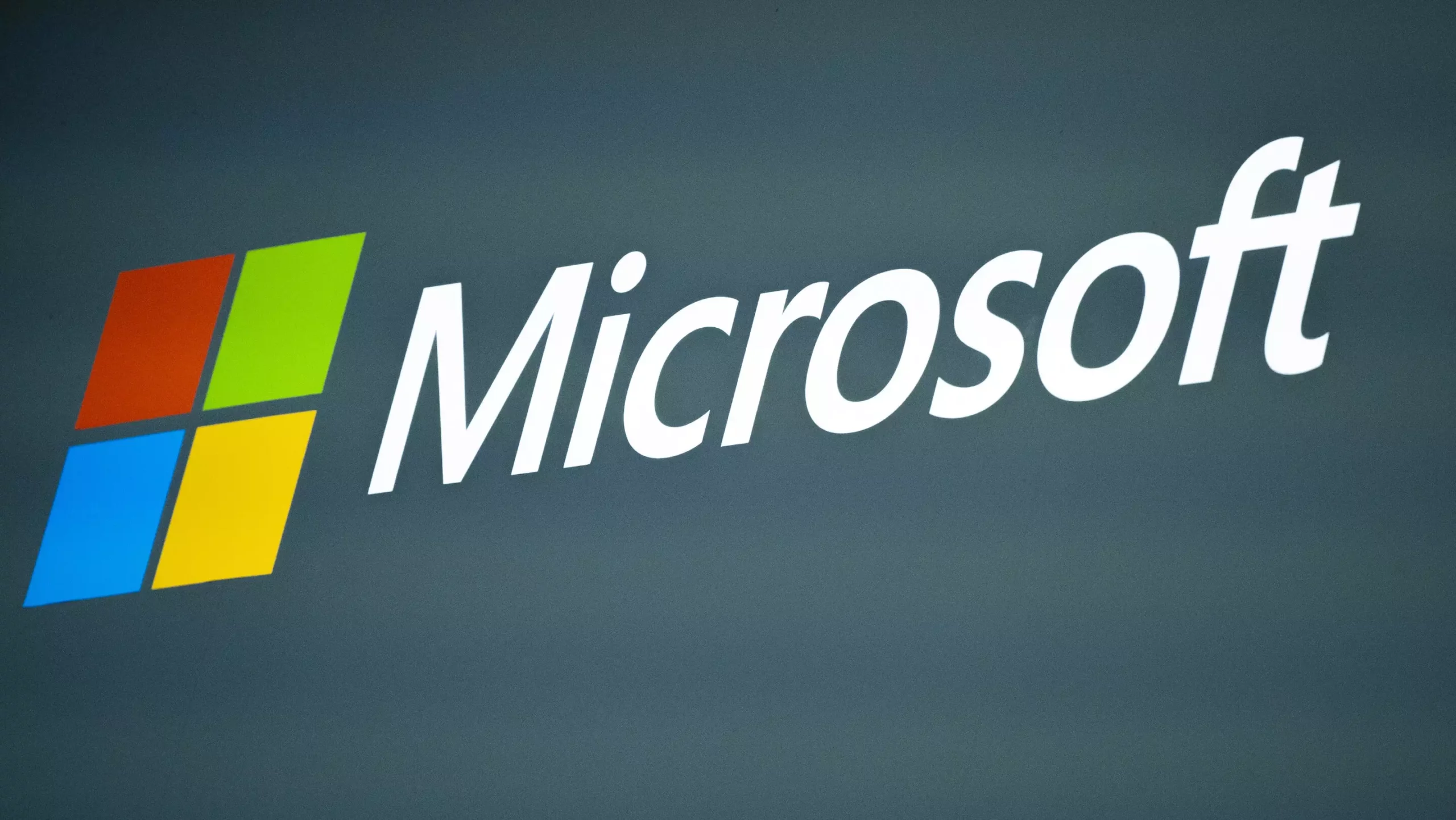Recently, Microsoft announced that state-backed Russian hackers had successfully breached their corporate email system, gaining access to the accounts of key members of the company’s leadership team. This cyber intrusion by the same Russian hacking team responsible for the SolarWinds breach highlights the growing threat of sophisticated cyberattacks on both public and private organizations. In this article, we will delve deeper into the details of the breach, analyze the implications, and explore the security measures required to mitigate such risks.
According to Microsoft’s blog post, the Russian hackers initiated the intrusion in late November, but it was only discovered on January 12th. The attack exposed a small percentage of Microsoft corporate accounts, including those belonging to employees in the cybersecurity and legal teams. During the breach, the hackers managed to steal some emails and attached documents, although the exact extent of the stolen data remains undisclosed. Notably, Microsoft has yet to comment on which senior leadership members had their email accounts breached.
Microsoft took swift action to mitigate the breach. The company stated that they were able to remove the hackers’ access to the compromised accounts on January 13th. Moreover, they are currently in the process of notifying the affected employees. Microsoft’s investigation reveals that the initial targets of the attack were email accounts containing information relevant to the hackers’ activities.
Microsoft’s disclosure comes in compliance with a new U.S. Securities and Exchange Commission (SEC) rule, which mandates public companies to report breaches that can negatively affect their business operations. The breach had not, as of the filing date, materially impacted Microsoft’s operations. However, the financial impact is still being assessed. The incident highlights the need for organizations to ensure robust cybersecurity measures and swiftly address any potential vulnerabilities.
The hackers gained access to Microsoft’s email system by compromising credentials on a “legacy” test account, indicating that outdated code was to blame. Once they infiltrated the system, the attackers leveraged the compromised account’s permissions to access the accounts of senior leadership and others. The attack technique employed, known as “password spraying,” involves using a common password to attempt unauthorized access to multiple accounts.
Microsoft has identified the state-backed Russian hacking team responsible for the breach as Midnight Blizzard, formerly known as Nobelium. However, cybersecurity firm Mandiant, owned by Google, refers to the same group as Cozy Bear. The SolarWinds hacking campaign orchestrated by this group has been dubbed “the most sophisticated nation-state attack in history” by Microsoft. The primary objective of the SVR, the Russian foreign intelligence agency behind the attacks, is intelligence gathering.
This breach serves as a reminder for organizations to remain vigilant and continuously strengthen their cybersecurity defenses. Some of the key security measures that can help mitigate risks include:
1. Regularly updating and patching software and systems to address any known vulnerabilities.
2. Implementing multi-factor authentication to enhance access controls.
3. Conducting regular security audits and penetration testing to identify and remediate weaknesses.
4. Educating employees about phishing attacks and social engineering techniques to prevent unauthorized access.
5. Leveraging advanced threat intelligence solutions to detect and respond to potential threats in real-time.
6. Collaborating with government agencies and other industry stakeholders to share threat intelligence and best practices.
The Russian hackers’ infiltration of Microsoft’s corporate email system signifies the increasing sophistication and audacity of cybercriminals. The breach serves as a wake-up call for organizations to prioritize and invest in robust cybersecurity measures. By staying proactive, enhancing defenses, and fostering collaboration, companies can better protect their critical assets from ever-evolving threats in the digital landscape.


Leave a Reply